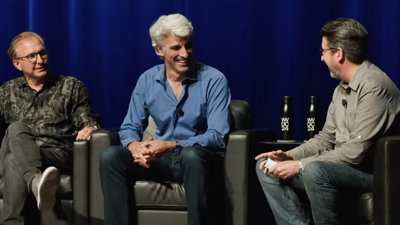Apple is starting to collect information from dispatchers working in 911 call centers about incorrect calls from skiers' iPhones triggered by Emergency SOS and Crash Detection.
The introduction of the Crash Detection feature for the iPhone 14 and Apple Watch has led to a rise in calls to emergency services, with false positives leading to unnecessary calls and pulling attention from real emergencies.
In December, this became a problem for skiers, with reports that automated crash notifications from devices not actually involved in an emergency still placed calls. Without an answer from skiers when dispatchers attempted to speak to them, ski patrollers had to be dispatched to the location just in case.
Apple is now looking into the situation, according to the New York Post, with a spokesperson confirming the iPhone maker is talking to 911 call centers seeing a spike in automated 911 calls due to the introduction of Crash Detection.
While adding that feedback is being requested by Apple, the spokesperson declined to offer how the feature could be tweaked to reduce the instances of a falsely-detected car accident.
The report reveals the impact on call centers is fairly high in areas covering ski destinations. New York's Greene County 911 center saw a 22T% spike in hang-ups, open lines, and misdialed 911 calls in December 2022 versus 2021.
Jim DiPerna, 911 Communications Director for the county, reckoned there was a 15 to 25% year-on-year increase in calls "that very well could be generated by these Apple-generated and automated crash notifications."
In Pennsylvania's Carbon County Communications Center, there are up to 20 automated crash detection calls a day from local ski areas, which is described by Assistant 911 Manager Justin Markell as "taxing" for a team that is "already busy enough."
 Malcolm Owen
Malcolm Owen




-m.jpg)



 William Gallagher
William Gallagher



 Christine McKee
Christine McKee
 Chip Loder
Chip Loder
 Oliver Haslam
Oliver Haslam









11 Comments
That’s how engineering works. Design something, see how it performs in the real world, improve it based on what you learned.
Well, duh. They haven’t gotten the data yet. No point on speculating on the fix until you know what the problem is.
Leave your phone in a locker until you learn how not to fall. Problem solved.
Doesn’t the OnStar system connect a person to an OnStar dispatcher first to determine if an actual emergency exists before calling 911?